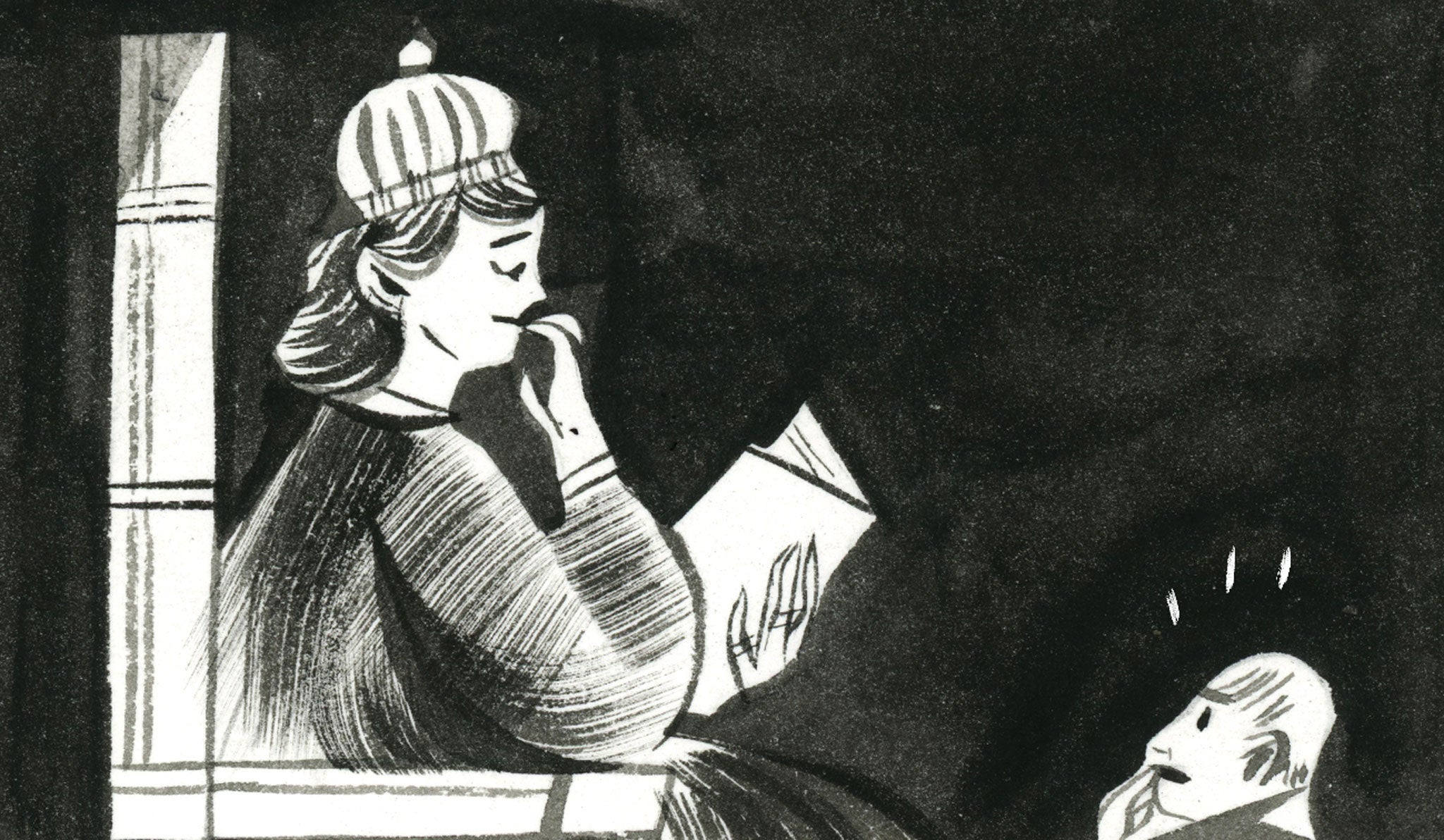
Your support helps us to tell the story
From reproductive rights to climate change to Big Tech, The Independent is on the ground when the story is developing. Whether it's investigating the financials of Elon Musk's pro-Trump PAC or producing our latest documentary, 'The A Word', which shines a light on the American women fighting for reproductive rights, we know how important it is to parse out the facts from the messaging.
At such a critical moment in US history, we need reporters on the ground. Your donation allows us to keep sending journalists to speak to both sides of the story.
The Independent is trusted by Americans across the entire political spectrum. And unlike many other quality news outlets, we choose not to lock Americans out of our reporting and analysis with paywalls. We believe quality journalism should be available to everyone, paid for by those who can afford it.
Your support makes all the difference.Not any more. Back in the Middle Ages, after Parliament started meeting in the reigns of Henry III and Edward I, the laws and statutes of England were indeed written in Norman French (and not Latin). A handful of these laws are still in force today, including the 1351 Statute of Treason.
King Henry IV, who seized the throne in 1399, is thought to be the first native English-speaking King of England for more than 200 years (although some of his predecessors learnt English as a foreign language). In 1483, the House of Lords formally switched to English.
However, while the laws themselves are not written in Norman French, that language is still used in Parliament on certain formal occasions.
When a Bill has passed its third reading in the House of Commons, it's written down in a book and formally transferred to the House of Lords for their consideration with the following text at the start: Soit baillé aux Seigneurs. (Let it be sent to the Lords.)
When they have considered the Bill, it's returned to the Commons with the following added: A ceste bille [avecque des amendmens] les Seigneurs sont assentus. (To this bill [with amendments] the Lords have assented.)
And when the Commons accepts it, the following is also added: A ces amendmens [avecque une amendment] les Communes sont assentus. (To these amendments [with an amendment] the Commons have assented.)
The Bill now goes for the Royal Assent. This is no longer given by the monarch in person: the last time that happened was in 1854 under Queen Victoria.
However, there is also a more formal ceremony which was originated by Henry VIII, and nowadays is only performed once at the end of each Parliament, to give Royal Assent to all outstanding Bills and prorogue Parliament itself.
After some more formalities, the Clerk of the Crown then reads out the title of the Bill (or Bills; normally several are handled at a time) and the Clerk of the Parliament responds with the traditional formula in Norman French:
For finance bills: La Reyne, remerciant Ses bons Subjects, accepte leur Benevolence, et ainsi le veult. (The Queen, thanking her good subjects, accepts their benevolence, and so wills it.)
For other public bills: La Reyne le veult. (The Queen wills it.)
For private bills: Soit fait come il est desire. (Let it be done as it is desired.)
Royal consent has not been refused since 1708, but the words for that were: La Reyne s'avisera. (The Queen will think about it.)
Stephen Tempest
These answers all come from quora.com, the popular online Q&A service. Ask any question and get real answers from people in the know
Join our commenting forum
Join thought-provoking conversations, follow other Independent readers and see their replies
Comments